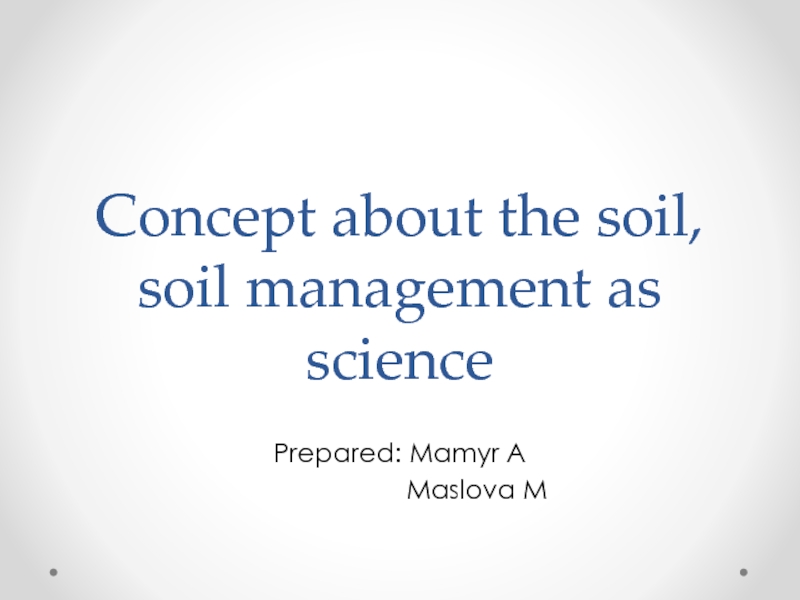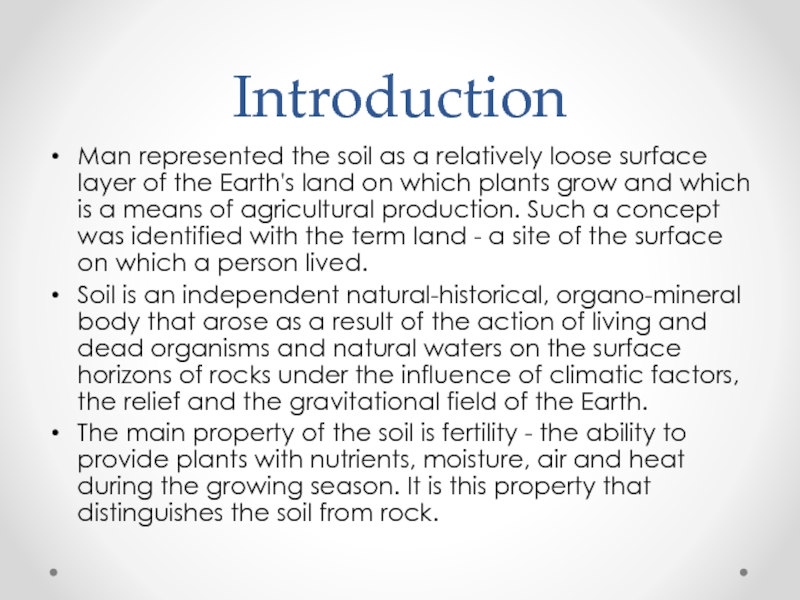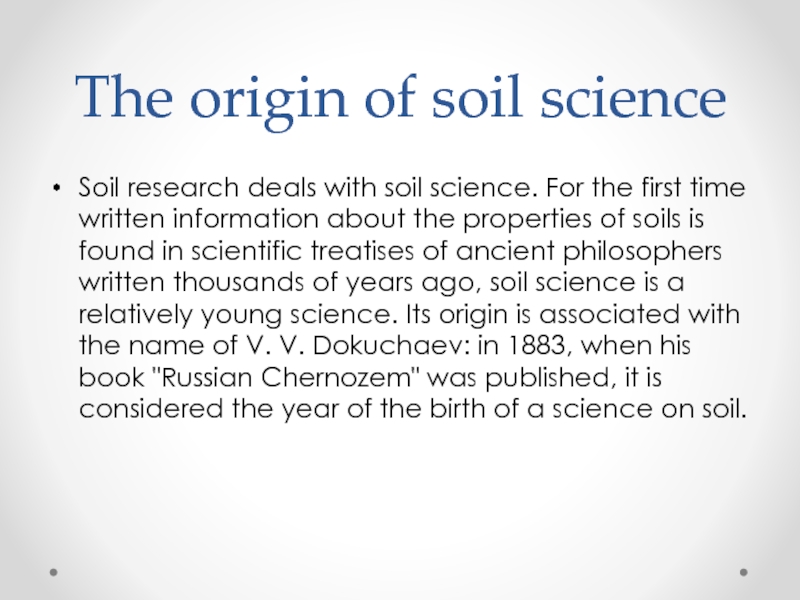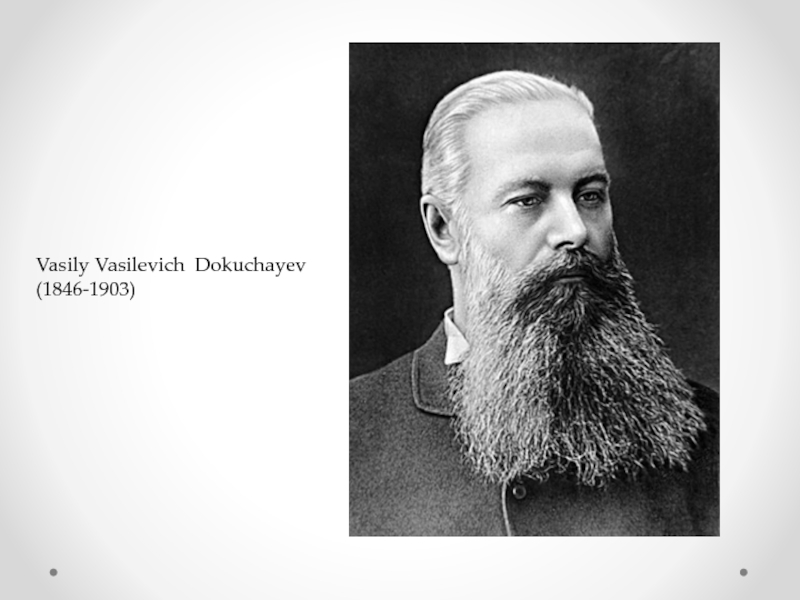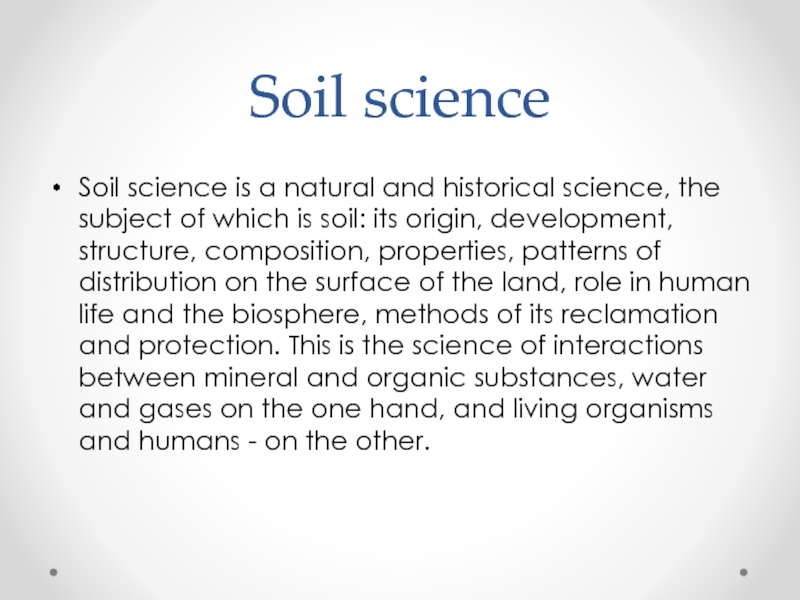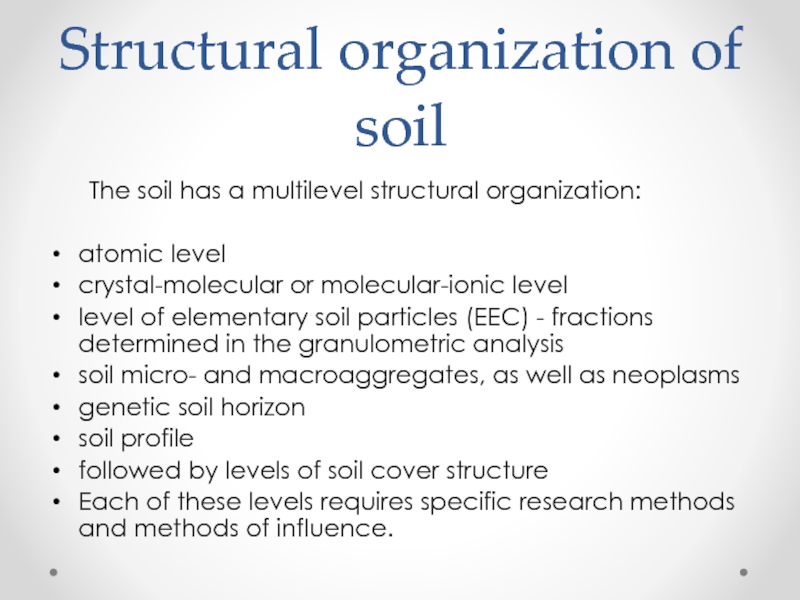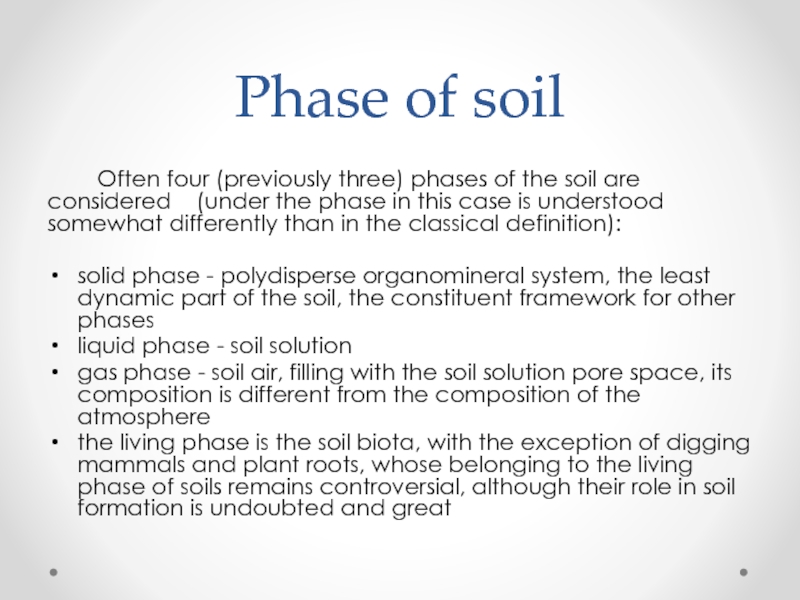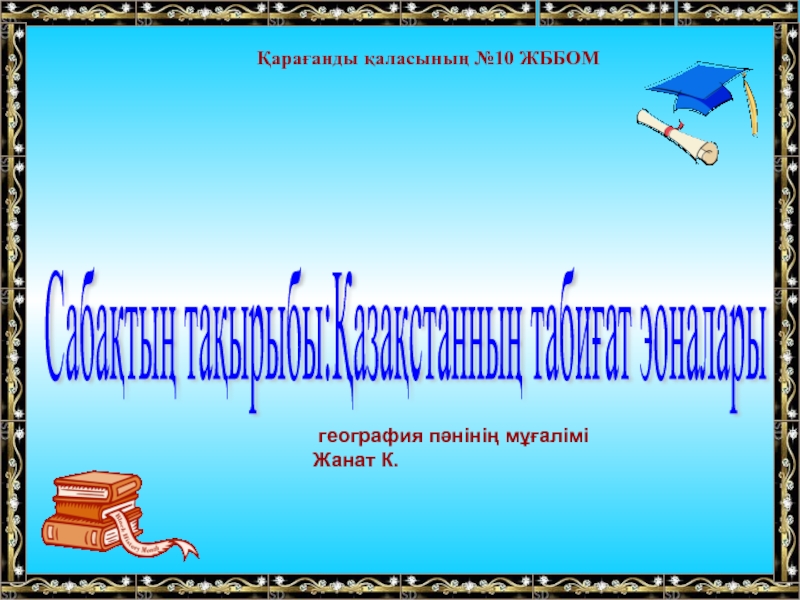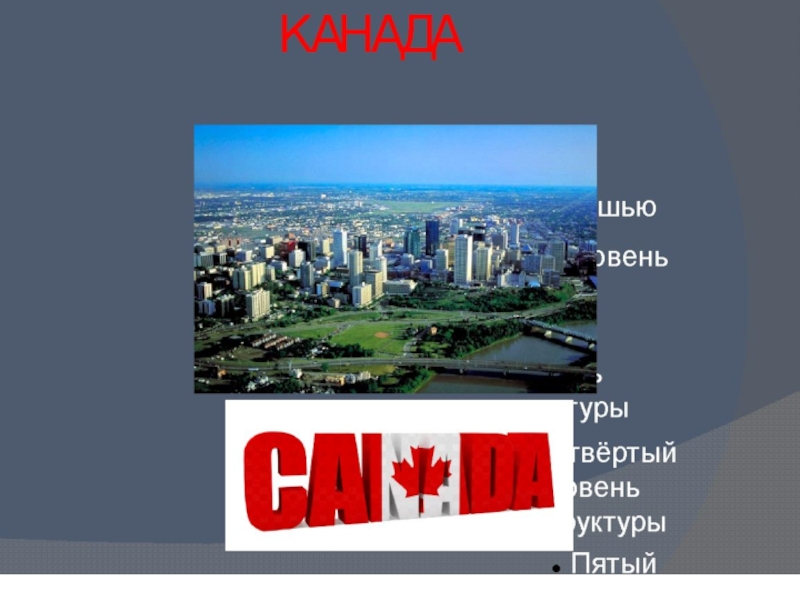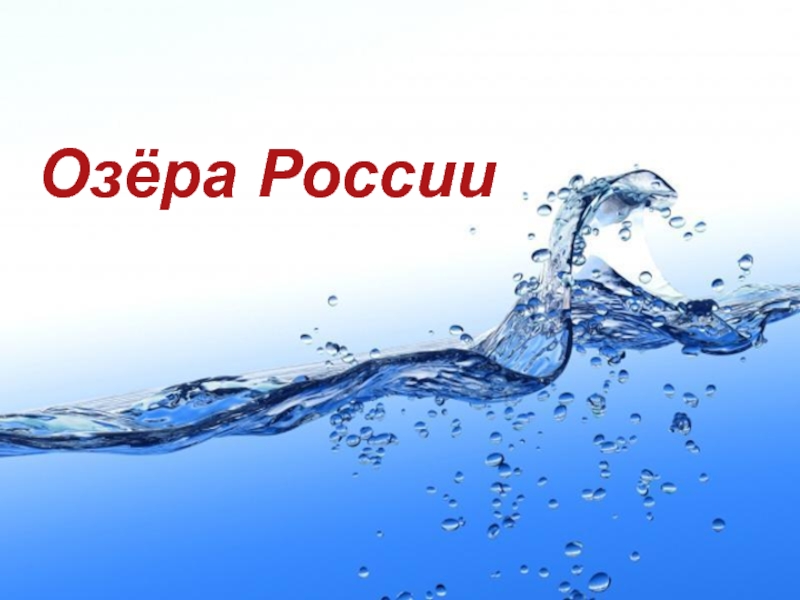Maslova M
- Главная
- Разное
- Дизайн
- Бизнес и предпринимательство
- Аналитика
- Образование
- Развлечения
- Красота и здоровье
- Финансы
- Государство
- Путешествия
- Спорт
- Недвижимость
- Армия
- Графика
- Культурология
- Еда и кулинария
- Лингвистика
- Английский язык
- Астрономия
- Алгебра
- Биология
- География
- Детские презентации
- Информатика
- История
- Литература
- Маркетинг
- Математика
- Медицина
- Менеджмент
- Музыка
- МХК
- Немецкий язык
- ОБЖ
- Обществознание
- Окружающий мир
- Педагогика
- Русский язык
- Технология
- Физика
- Философия
- Химия
- Шаблоны, картинки для презентаций
- Экология
- Экономика
- Юриспруденция
Concept about the soil, soil management as science презентация
Содержание
Слайд 2Introduction
Man represented the soil as a relatively loose surface layer of
the Earth's land on which plants grow and which is a means of agricultural production. Such a concept was identified with the term land - a site of the surface on which a person lived.
Soil is an independent natural-historical, organo-mineral body that arose as a result of the action of living and dead organisms and natural waters on the surface horizons of rocks under the influence of climatic factors, the relief and the gravitational field of the Earth.
The main property of the soil is fertility - the ability to provide plants with nutrients, moisture, air and heat during the growing season. It is this property that distinguishes the soil from rock.
Soil is an independent natural-historical, organo-mineral body that arose as a result of the action of living and dead organisms and natural waters on the surface horizons of rocks under the influence of climatic factors, the relief and the gravitational field of the Earth.
The main property of the soil is fertility - the ability to provide plants with nutrients, moisture, air and heat during the growing season. It is this property that distinguishes the soil from rock.
Слайд 3The origin of soil science
Soil research deals with soil science. For
the first time written information about the properties of soils is found in scientific treatises of ancient philosophers written thousands of years ago, soil science is a relatively young science. Its origin is associated with the name of V. V. Dokuchaev: in 1883, when his book "Russian Chernozem" was published, it is considered the year of the birth of a science on soil.
Слайд 5Soil science
Soil science is a natural and historical science, the subject
of which is soil: its origin, development, structure, composition, properties, patterns of distribution on the surface of the land, role in human life and the biosphere, methods of its reclamation and protection. This is the science of interactions between mineral and organic substances, water and gases on the one hand, and living organisms and humans - on the other.
Слайд 6Structural organization of soil
The soil has a multilevel
structural organization:
atomic level
crystal-molecular or molecular-ionic level
level of elementary soil particles (EEC) - fractions determined in the granulometric analysis
soil micro- and macroaggregates, as well as neoplasms
genetic soil horizon
soil profile
followed by levels of soil cover structure
Each of these levels requires specific research methods and methods of influence.
atomic level
crystal-molecular or molecular-ionic level
level of elementary soil particles (EEC) - fractions determined in the granulometric analysis
soil micro- and macroaggregates, as well as neoplasms
genetic soil horizon
soil profile
followed by levels of soil cover structure
Each of these levels requires specific research methods and methods of influence.
Слайд 7Phase of soil
Often four (previously three) phases
of the soil are considered (under the phase in this case is understood somewhat differently than in the classical definition):
solid phase - polydisperse organomineral system, the least dynamic part of the soil, the constituent framework for other phases
liquid phase - soil solution
gas phase - soil air, filling with the soil solution pore space, its composition is different from the composition of the atmosphere
the living phase is the soil biota, with the exception of digging mammals and plant roots, whose belonging to the living phase of soils remains controversial, although their role in soil formation is undoubted and great
solid phase - polydisperse organomineral system, the least dynamic part of the soil, the constituent framework for other phases
liquid phase - soil solution
gas phase - soil air, filling with the soil solution pore space, its composition is different from the composition of the atmosphere
the living phase is the soil biota, with the exception of digging mammals and plant roots, whose belonging to the living phase of soils remains controversial, although their role in soil formation is undoubted and great
